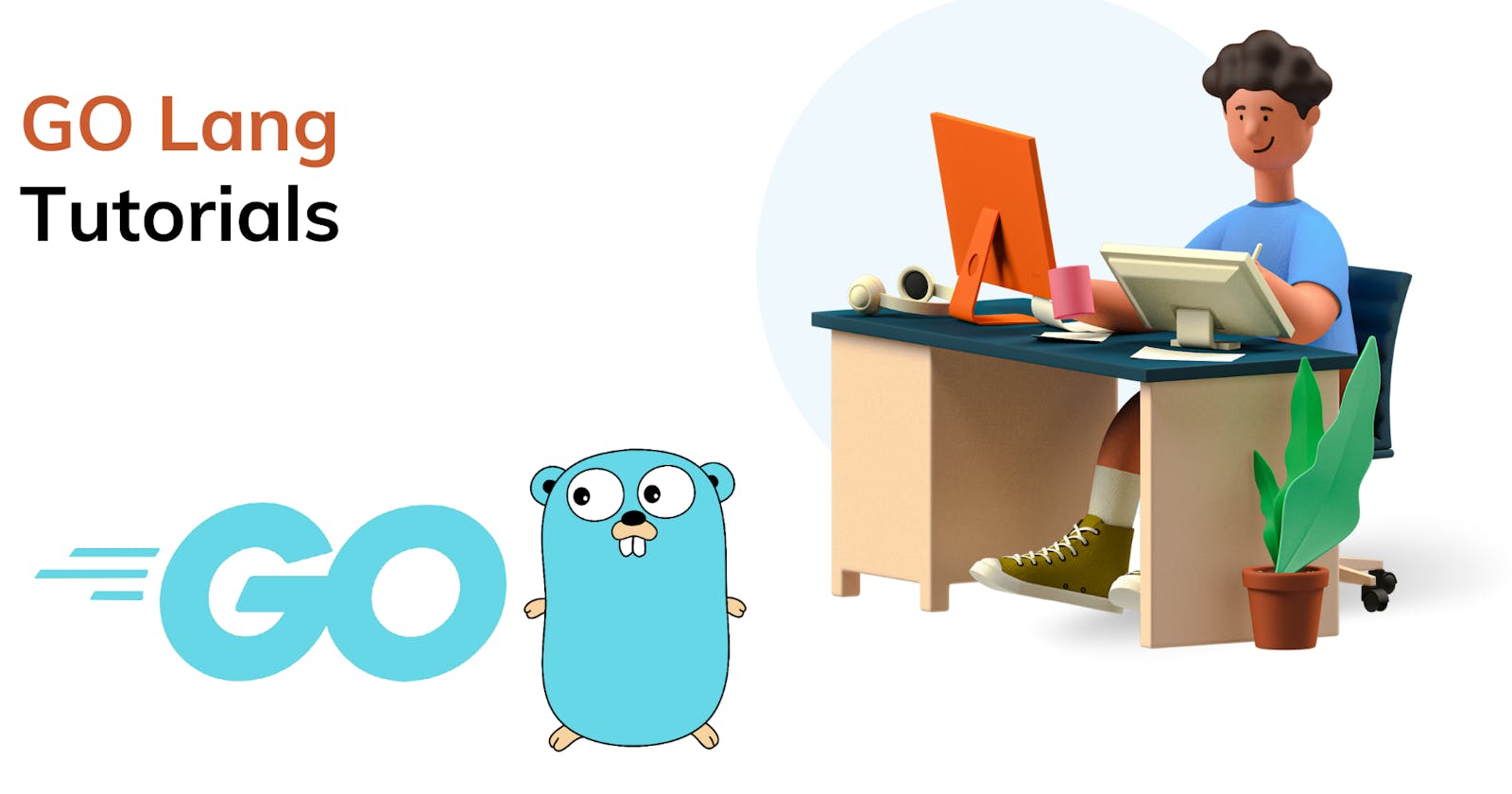Unveiling Advanced GORM Features: Hooks, Soft Delete, Custom Data Types, and Custom Naming Conventions.
GORM, the robust Object Relational Mapping library for Go, offers an array of advanced features that go beyond basic CRUD operations. Exploring and leveraging these features - hooks, soft deletes, custom data types, and customizable naming conventions - enhances the capabilities and flexibility of GORM-based applications. In this guide, we'll delve into these advanced functionalities, exploring their implementation and usage with practical examples.
Understanding Advanced GORM Features
Hooks in GORM
Hooks allow developers to execute custom logic before or after specific operations like create, update, delete, or query. These hooks enable developers to intercept and modify GORM actions based on various events in the lifecycle of models.
Soft Delete
Soft delete functionality enables logical deletion of records by marking them as deleted rather than physically removing them from the database. This feature allows for data retention while excluding soft-deleted records from regular queries.
Custom Data Types
Custom data types in GORM enable the mapping of Go types to specific database column types. This feature facilitates seamless integration of custom Go types with database column types, providing flexibility in data representation.
Customizing Naming Conventions
Custom naming conventions allow developers to override default naming conventions for tables, columns, and associations. This customization provides control over the naming scheme used in the database.
Implementing Advanced GORM Features
Hooks Example
Let's create a simple example illustrating the usage of hooks in GORM. Consider a scenario where we want to hash a user's password before saving it to the database:
type User struct {
gorm.Model
Username string
Password string
}
func (u *User) BeforeSave(tx *gorm.DB) (err error) {
hashedPassword, err := hashPassword(u.Password)
if err != nil {
return err
}
u.Password = hashedPassword
return nil
}
The BeforeSave hook encrypts the user's password before saving it to the database.
Soft Delete Example
Implementing soft delete functionality involves using GORM's DeletedAt field:
type User struct {
gorm.Model
Username string
DeletedAt gorm.DeletedAt // Soft delete field
}
Soft delete enables setting a timestamp for deletion instead of physically removing the record, allowing excluded records to retain historical data.
Custom Data Types Example
Let's define a custom data type EncryptedString that automatically encrypts and decrypts strings in the database:
type EncryptedString string
func (e *EncryptedString) Scan(value interface{}) error {
// Decrypt value from the database
// ...
return nil
}
func (e EncryptedString) Value() (driver.Value, error) {
// Encrypt value before saving to the database
// ...
return nil, nil
}
Custom data types facilitate seamless mapping between Go types and database column types, providing a tailored data representation.
Customizing Naming Conventions Example
Customizing naming conventions involves configuring GORM's naming strategy:
db.NamingStrategy = schema.NamingStrategy{
TablePrefix: "prefix_",
SingularTable: true,
}
This customization allows developers to set prefixes, suffixes, and other conventions for tables and columns in the database.
Best Practices and Considerations
Use Hooks Sparingly and Thoughtfully
Employ hooks judiciously to avoid complex logic and maintain code readability. Consider the impact of hooks on performance and database interactions.
Soft Delete Considerations
Understand the implications of soft delete on application logic and queries. Ensure proper handling of soft-deleted records in application functionalities.
Custom Data Types Usage
Exercise caution when implementing custom data types, ensuring compatibility with database operations and ORM behaviors.
Naming Convention Consistency
Maintain consistency when customizing naming conventions to ensure clarity and readability across the application and database schema.
Conclusion
Exploring and harnessing advanced GORM features such as hooks, soft deletes, custom data types, and customizable naming conventions unlocks a realm of possibilities for developers. By understanding their implementation, utilizing them effectively, and adhering to best practices, developers can enhance the flexibility, functionality, and maintainability of GORM-based applications.
Mastering these advanced features empowers developers to design robust and adaptable data models, ensuring seamless integration and optimal utilization of GORM's capabilities in Go applications.
I hope this helps, you!!
More such articles:
https://www.youtube.com/@maheshwarligade

